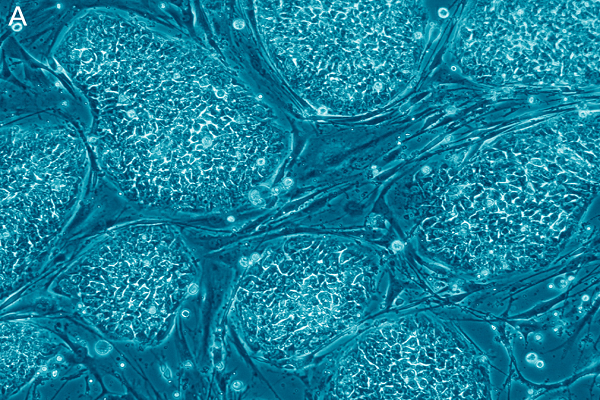
Hebrew University Researchers Create Embryonic Stem Cells without an a Egg or Sperm
- By Alison Lesley --
- 03 May 2019 --

This technology may solve infertility problems
Scientists at the Hebrew University of Jerusalem claim to have discovered a method to transform any skin cell into three important stem cell types which comprise the early stage embryos.[/tweetit] The university issued a statement highlighting the importance of this development. In its statement, Hebrew University researchers said that there is now a way for synthesizing complete human embryos from human skin cells sans any eggs or sperm. The development has “vast implications” when it comes to modeling embryonic defects. It will also go a long way on correcting placental dysfunctions and help to solve some infertility problems as it is now possible to create human embryos within a petri dish.
Hebrew University Researchers Create Embryonic Stem Cells without an a Egg or Sperm [/tweetthis]
To be more clear, the research team, including Professor Tommy Kaplan from the university's School of Computer Science and Engineering, and Dr. Oren Ram from the Institute of Life Science, ably assisted by doctoral students Mohammad Jaber and Hani Benchetrit discovered a new five genes combination, which, when they get inserted into the skin cells, reprogram each and every cell into each of the three types of the early embryonic cells.
Dr. Yossi Buganim, who led this study, and attached to the Department of Developmental Biology and Cancer Research, said that the university team is on its way to craft a synthetic embryo. In a phone interview, he pointed out that such a discovery would permit researchers to obtain embryos from sterile women and men, using their skin cells solely. The outcome would be a real embryo which will then be implanted inside the mother’s embryo. It was Bugamin and the team he leads discovered five genes set which can transform the murine skin cells into all three kinds of cells which compose the early embryo. The three cells are the placenta, the fetus, and extra-embryonic tissues like the umbilical cord.
To me this is playing G-d.
Hebrew University researchers create embryo stem cells from skin cells | The Times of Israel https://t.co/GfiZQNzDQs
— Safta Miriam (@MiriamSafta) May 2, 2019
Buganim was confident of creating a complete human embryo only from skin cells without the requirement of eggs or sperm. He cautioned such an action could only be done after due research, maybe 50 years from now. He said the cells must be organized into a 3D structure to make a baby. The process requires the exact ratio between the right environment and cell types. Only if these conditions are met, then an embryo could be generated. Buganim pointed out many laboratories around the world are trying to achieve the same ends.


















